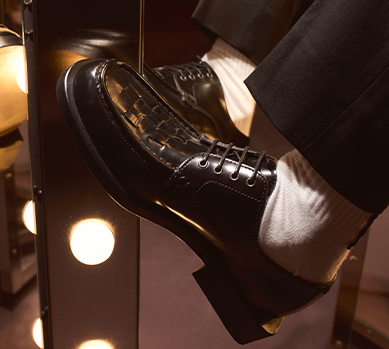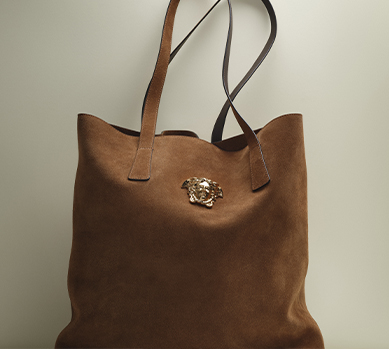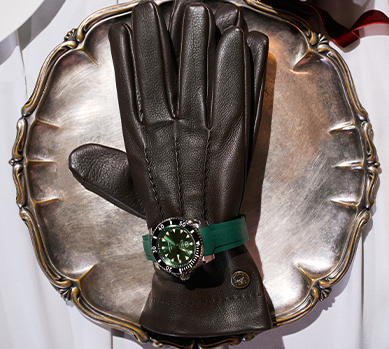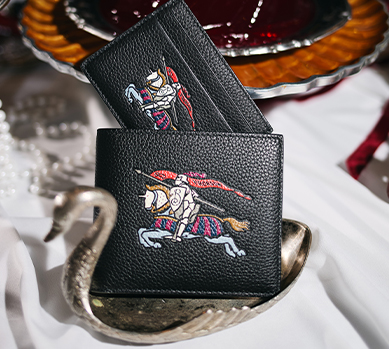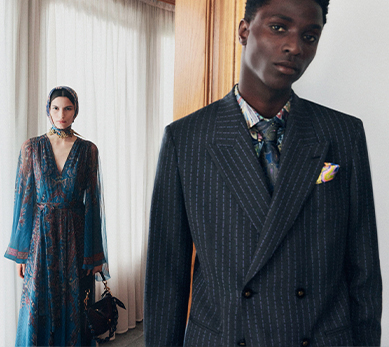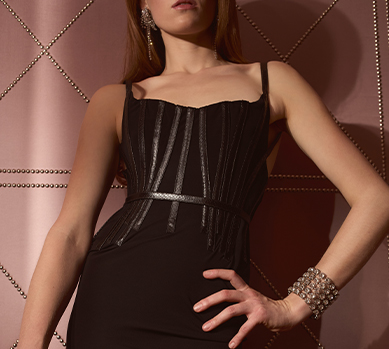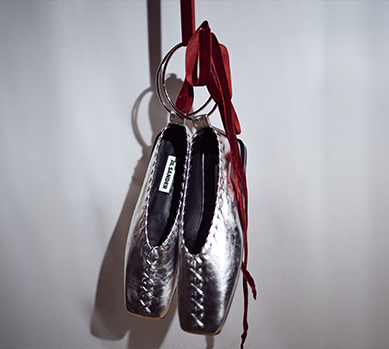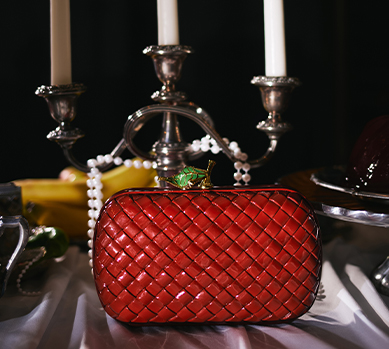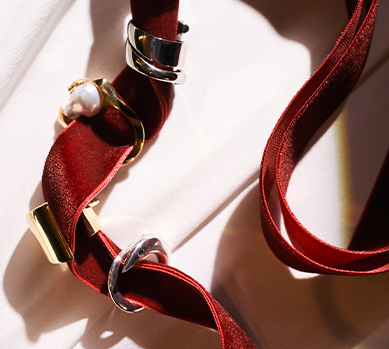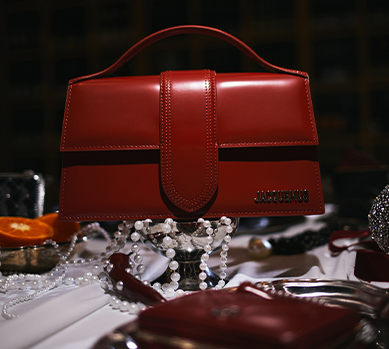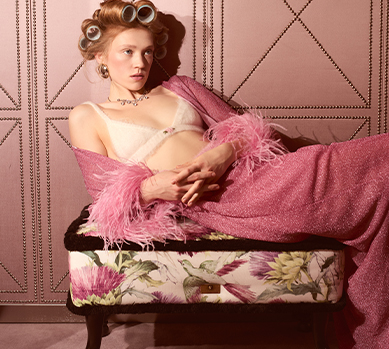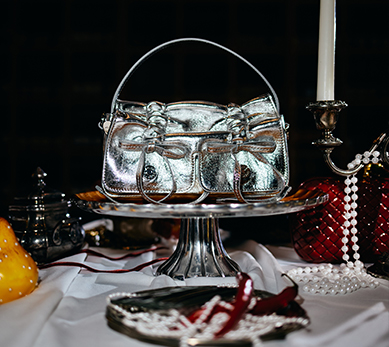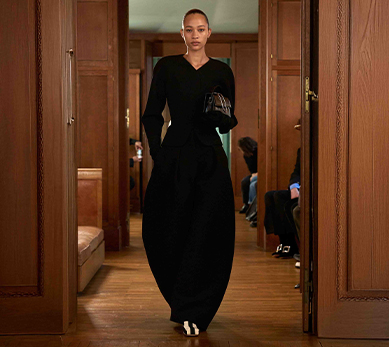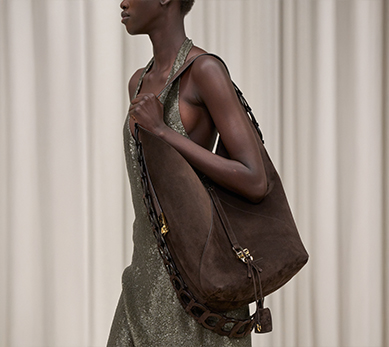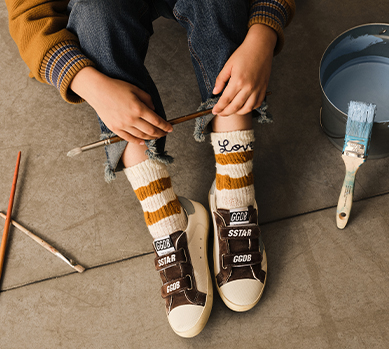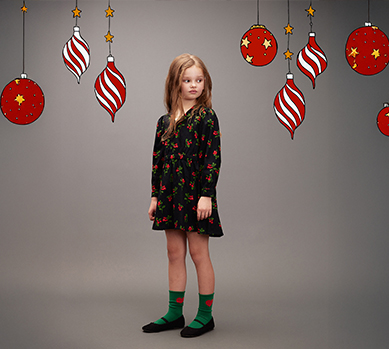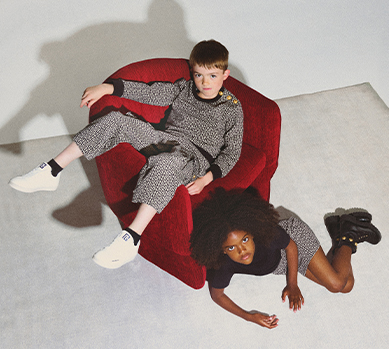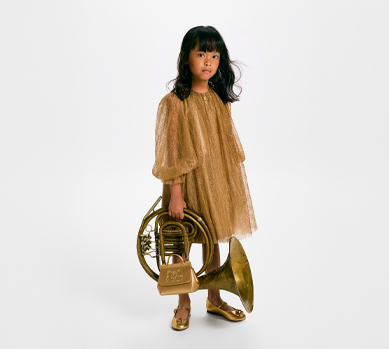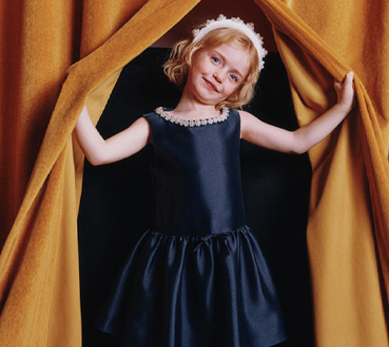German Fashion Brands: Quality and Style
Fashion

From Adidas heritage to Jil Sander minimalism, German design redefines elegance with precision, durability, and subtle luxury.
In the pantheon of global fashion, where Parisian finesse, Milanese extravagance, and London's avant-garde dominate, German design is often viewed through the lens of functionality. This association, while not without truth, is merely a fragment of a much more complex and fascinating narrative. German fashion, at its core, is a dialogue between form and function, discipline and innovation, asceticism and subtle luxury.
It's an aesthetic that doesn't seek applause in ephemeral trends. Its strength lies in its intellectual depth, the precision of its construction, and an uncompromising respect for material. Welcome to a world where quality is not just a product feature but a fundamental principle, and where style stems from authenticity, not ornamentation. Let's discover the brands backed by world-class designers who are redefining modern elegance with German precision.
The Ethos of German Design in Fashion
The foundation upon which German design philosophy rests is the concept of durability—not only in the sense of physical strength but also of aesthetic timelessness. in an era dominated by a culture of immediacy, German brands offer an alternative: a sartorial investment. It's an approach where a garment or accessory is seen as a long-term partner, not a fleeting whim.
This philosophy manifests in every detail: from the careful selection of raw materials, through the perfection of tailoring craftsmanship, to the ergonomic intelligence of the cut. The German Gründlichkeit—that legendary thoroughness—translates in fashion to a sense of absolute confidence. It is a luxury that doesn't need to be ostentatious because its value is undeniable and felt in every interaction with the product.
Icons of German Design: Brand Portraits
Behind this coherent philosophy lies a surprising aesthetic diversity, from global giants who have blurred the line between sport and fashion to fashion houses that champion the purity of minimalism.
Adidas
The brand from Herzogenaurach is a global phenomenon whose influence extends far beyond sports, shaping the aesthetics of subcultures, music, and street fashion for decades. Its strength lies in its skillful balance between heritage and futurism. The Adidas Originals line is a living archive from which inspiration is drawn to create modern classics—from Gazelle sneakers to Beckenbauer tracksuits. Meanwhile, Adidas Performance is synonymous with technological innovation, where materials like Primeknit and Boost cushioning serve to maximize athletes' performance. The jewel in the crown, however, is the Adidas by Stella McCartney line, which represents a masterful fusion of high fashion and sport. It's not just technical apparel but a manifesto of female strength and sustainable design, offering sophisticated outfits for yoga, tennis, or running that blur the line between the gym and the street.
Birkenstock
The history of Birkenstock is a sartorial lesson in the power of authenticity. Its heritage, dating back to the 18th century, is built on a single, revolutionary idea: the anatomically shaped footbed. Perceived for decades as orthopedic footwear, in the 21st century, Birkenstock sandals and clogs have become a symbol of unpretentious luxury. This remarkable rise to the fashion pantheon, detailed in the brand's history, was achieved without compromise. Collaborations with the most avant-garde designers in the fashion world have only confirmed the status the brand achieved through its loyalty to craftsmanship, natural materials, and timeless functionality.
Bogner
Founded by ski champion Willy Bogner, the brand is the embodiment of Alpine chic and a pioneer in the performance luxury segment. From the very beginning, Bogner combined what seemed impossible: the technical excellence of sportswear with the elegance and tailoring worthy of Milanese runways. It was Bogner who introduced stretch fabrics, fitted silhouettes, and luxurious details, like the characteristic zipper with the letter "B," to the slopes.
Today, the brand offers complete collections where technologically advanced jackets and ski pants seamlessly transition into elegant après-ski wear, creating a cohesive image for those who value style and quality both on and off the slopes.
Jil Sander
If German fashion has a high priestess of minimalism, it is undoubtedly Jil Sander. Her aesthetic is one of intellectual, almost ascetic purity of form, which in the 1990s provided a powerful alternative to decadent glamour. Jil Sander's fashion is a sensory experience—a luxury felt in the touch of cashmere, in the perfect shoulder line of an impeccably tailored coat, in the architectural precision of a silhouette. It is design reduced to its essence. The main line is complemented by Jil Sander+, which applies the same philosophy to functional clothing inspired by nature and life outside the city.
MCM (Modern Creation München)
As a striking counterpoint to stark minimalism, MCM celebrates the aesthetic of luxurious maximalism. The brand was born in Munich in the 1970s, during the jet-set era, and its DNA is inextricably linked to travel and a global lifestyle. The iconic Cognac Visetos monogram—with its laurel leaves and diamonds—has become a globally recognized status symbol.
Experiencing a renaissance in popularity thanks to hip-hop culture and Asian trendsetters, MCM has proven its timeless appeal. Today, it's not just about the iconic backpacks but an entire universe of luxury bags, luggage, and accessories that exude a bold, hedonistic energy.
Mykita
The Berlin-based manufacturer Mykita is the quintessence of the marriage between traditional craftsmanship and advanced technology. All processes—from the first sketch to the final product—take place under one roof in the famous Mykita Haus. The brand's hallmark is its patented, screwless spiral hinge: a solution brilliant in its simplicity that has become its aesthetic signature.
Using ultra-lightweight surgical steel and innovative materials like 3D-printed MYLON, Mykita creates glasses that are both incredibly durable and avant-garde in form. This is design for connoisseurs who seek both beauty and intelligent construction in a product.
Far from being uniform, the German fashion scene offers a spectrum of aesthetics—from purist reduction to expressive luxury. However, they are united by a common denominator: a deep respect for craftsmanship and the conviction that the true value of design lies in its durability. It is an offering for the conscious consumer who seeks not only beauty but also substance in fashion.




